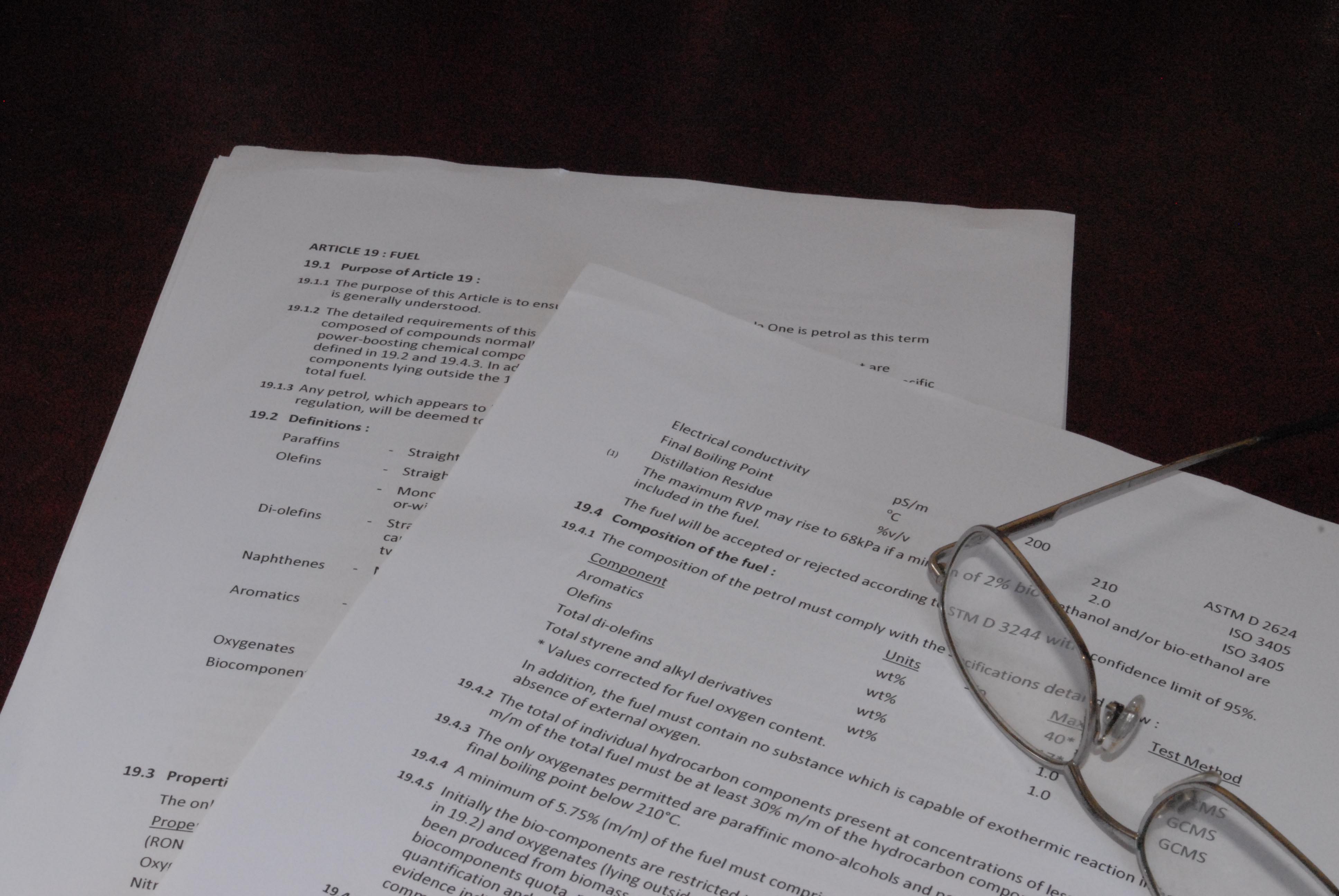Brewer’s fare – the Formula One way
For the student of automotive history who prefers to concentrate on the technical side of the sport, surely there is no finer topic than the history of racing fuel, particularly those used for Grand Prix racing.
By the 1920s, blends of Grand Prix fuel are reported to have consisted of mixtures of ethanol, benzol (a mixture of benzene, toluene and xylene) and the gasoline of the day. Later, and by the late ’30s, ethanol was replaced by the higher specific energy and increased blending octane of methanol, but by the 1980s, after general improvements to gasoline, the discovery of the anti-knock additive TEL (tetra-ethyl lead), the sport went back to using exotic blends based on high levels of toluene for its turbocharged engines.
But times change, and in Formula One after the banning of TEL and the progressive restriction of other environmentally hazardous components in forecourt fuels, politics and the winds of change overtook the sport. Rather than the exotic but highly toxic brews of the past, the fuel used in the sport was required to be similar to that found at your roadside filling station. Indeed, by 2008 any fuel complying with the then current Formula One regulations would automatically comply with the European standard EN 228 for automotive fuels and therefore be totally road legal.
Article 19 of the Formula One Technical Regulations of that year tried to dictate not only the physical properties of the fuel but also, within fairly narrow bands, its composition. Controlling the volatility curve by setting upper and lower bounds, and by putting limits on the density of the fuel as well as adding a maximum octane level of 102 (not required by EN 228), any fuel thus described would very closely follow that of a typical forecourt fuel. Additionally, fearing the excessive introduction of any of the power-boosting hydrocarbons, the so-called PONA components (paraffins, olefins, napthenes and aromatics) were heavily restricted by carbon number and category.
So while Article 19 described a typical forecourt fuel of the time it did little to encourage research into new fuels, and so in 2008 the FIA, pre-empting European Union legislation for 2010, encouraged more environmental awareness, and stipulated that fuels should include a minimum of 5.75% by mass of “components derived from biological sources”. At a stroke, and seeking environmental attributes, the colour ‘green’ was applied to fuels in Formula One.
In 2010, however, after another iteration of the regulations scarcely reported anywhere else and although seemingly very similar to those of 2008, Article 19 was changed to allow much freer blending opportunities. While still basically conforming to EN 228 and therefore road legal in most respects, the revised rules allowed much more potential for the chemists. Gone were the limitations on the volatility curve, and the only volatility now is represented by the Reid Vapour Pressure (RVP) and final boiling point (FBP). Gone too was the maximum research octane rating of 102 as well as the minimum value of 95. Instead a minimum of 87 was applied to the value (RON + MON) ÷ 2, which is the way many other countries prefer to express their octane requirements. Finally the fuel density requirement of between 720 and 775 kg/m3 of EN 228 was discarded, giving teams much greater opportunity to explore the wider bands of fuel technology.
Importantly, however, the 5.75% minimum of bio-components was retained, and while initially this was restricted to oxygenates such as ethanol or methanol, the way forward is signposted to move towards more useful hydrocarbon components generated from environmentally friendly biomass sources.
Thus from the ethanol of the 1920s, having come full circle, fuels are moving on again.
 Fig. 1 - The well-thumbed pages of the 2014 Formula One Technical Regulations – Article 19: Fuel
Fig. 1 - The well-thumbed pages of the 2014 Formula One Technical Regulations – Article 19: Fuel
Written by John Coxon